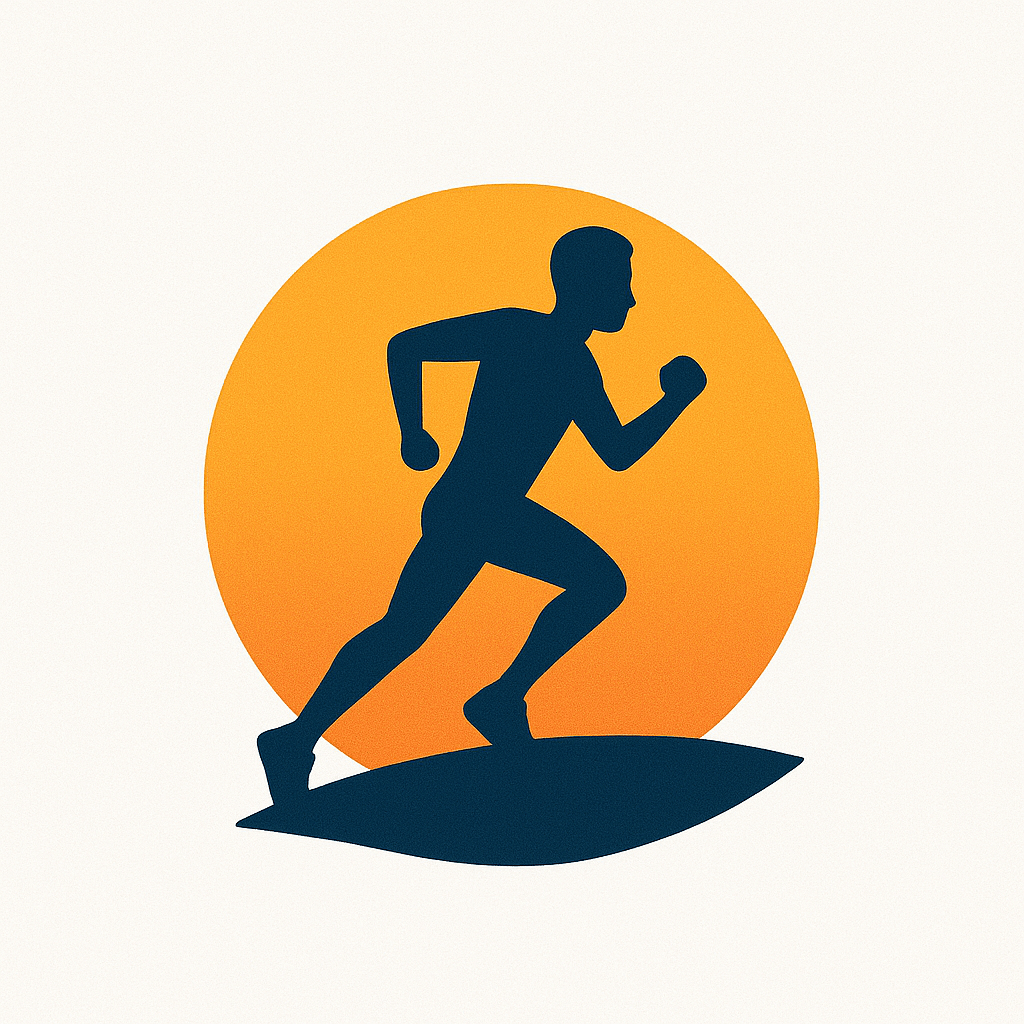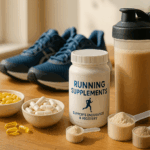When the Finish Line Feels Like the Starting Line of Recovery
You’ve just crushed a grueling run. Your heart’s still thumping, sweat clings to your skin, and your legs feel like they’ve turned to jelly. That endorphin rush is real, but so is the exhaustion. You gave it everything. Now, the real work begins: recovery.
Recovery isn’t just a passive process — it’s a strategic, intentional phase that determines how soon you can lace up and hit the road again. Ignore it, and your next run might be slower, stiffer, or worse — cut short by injury. Respect it, and you’ll come back stronger, more resilient, and more in tune with your body.
Let’s walk through how you can speed up your recovery and build a foundation for better runs ahead.
Why Recovery Matters More Than You Think
Your Body’s Repair Cycle After a Hard Run
When you run hard, you create micro-tears in your muscles, deplete glycogen stores, and put your nervous system under stress. Recovery is your body’s way of healing, rebuilding, and strengthening. It’s not downtime — it’s growth time.
The Cost of Skipping Recovery
If you consistently skimp on recovery, it shows. Chronic fatigue, nagging injuries, mental burnout, and stalled progress are all red flags. Every elite runner — and every seasoned recreational runner — knows: recovery isn’t optional. It’s essential.
The First Hour After Your Run
Hydration Hacks: What to Drink and When
Rehydrating starts immediately. Aim to replace the fluids lost through sweat. Water works, but adding electrolytes (especially sodium, potassium, and magnesium) helps restore balance faster. Coconut water, electrolyte powders, or even a pinch of salt in water can do wonders.
Refueling With Purpose
Within 30–60 minutes post-run, get in a combo of protein and carbs. Think chocolate milk, a banana with peanut butter, or a smoothie with Greek yogurt and berries. Carbs replenish energy stores, while protein supports muscle repair.
Cooling Down Smart
A gentle cool-down — walking for 5–10 minutes, followed by light stretching — helps lower your heart rate gradually and aids circulation, preventing blood pooling and stiffness.
Active Recovery Tools and Tactics
Foam Rolling and Mobility Work
Rolling out your calves, quads, and glutes can reduce muscle tightness and improve blood flow. Do it slowly, breathing deeply through discomfort. Pair it with dynamic stretches or mobility drills to unlock stiff joints.
Next-Day Easy Movement
Rest doesn’t mean immobility. Walking, swimming, or a restorative yoga session keeps your body moving without adding stress. This gentle activity flushes out waste products and speeds healing.
Compression and Percussion
Compression sleeves or socks can help reduce swelling and improve venous return. Massage guns, when used correctly, may ease tight spots and trigger points. These tools aren’t magic, but they can support the recovery puzzle.
Rest Like You Mean It
Sleep Science: Why It’s Non-Negotiable
Deep sleep is where magic happens — muscle rebuilding, hormone regulation, and mental reset. Aim for 7–9 hours nightly. Prioritize a dark, cool, quiet space, and limit screens before bed.
Rest Days Are Not Lazy Days
Taking a day off doesn’t set you back — it sets you up for your next breakthrough. Rest days reduce inflammation, restore glycogen, and recalibrate your nervous system.
Mental Recovery Matters Too
After pushing hard, your mind needs a reset. Reflect on your performance, journal your progress, or meditate to reconnect with your purpose. Mental clarity enhances physical recovery.
Advanced Tips for Faster Recovery
Track Your Readiness with HRV
Heart Rate Variability (HRV) is a powerful recovery metric. Higher HRV generally means better recovery. Apps like WHOOP or Oura help monitor trends and guide training intensity.
Contrast Therapy: Ice vs. Heat
Cold plunges reduce inflammation, while warm baths relax muscles. Alternating between hot and cold (contrast therapy) might give you the best of both. Experiment and see what feels right for your body.
Smart Supplementation
Consider magnesium for muscle relaxation, tart cherry juice for inflammation, or omega-3s for joint support. Always consult a health professional before starting any new supplement regimen.
Honor the Recovery, Rebuild Your Power
Every tough run you complete is a victory. But how you recover determines what happens next. Do you bounce back stronger — or burn out? The answer lies in how well you support your body afterward.
Treat recovery with the same respect you give your training. Hydrate with intention. Refuel smartly. Move gently. Sleep deeply. Rest wholeheartedly.
You’re not being soft. You’re being smart. You’re not taking a break — you’re preparing for your next breakthrough.
You earned that run. Now earn your recovery.






Leave a Reply